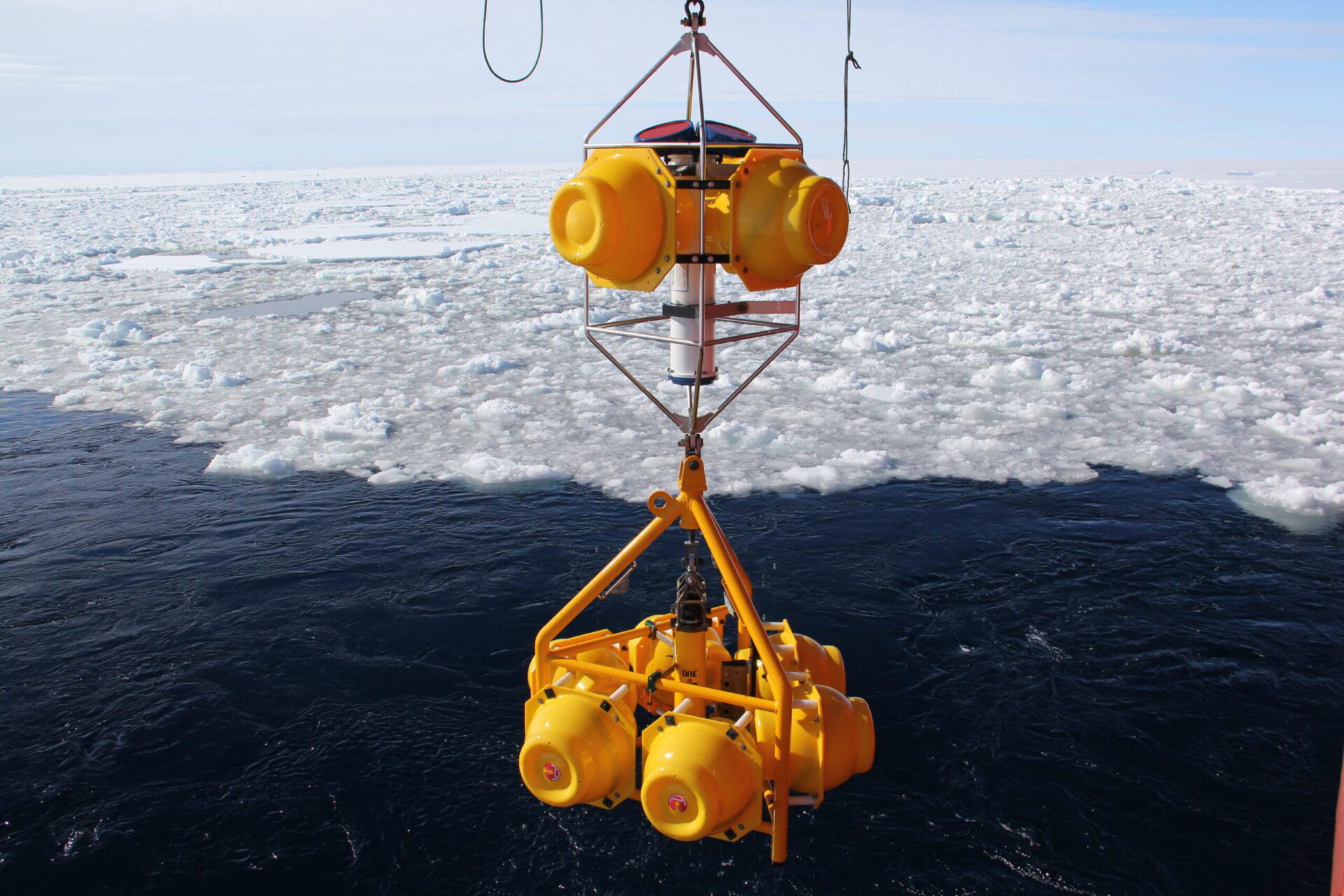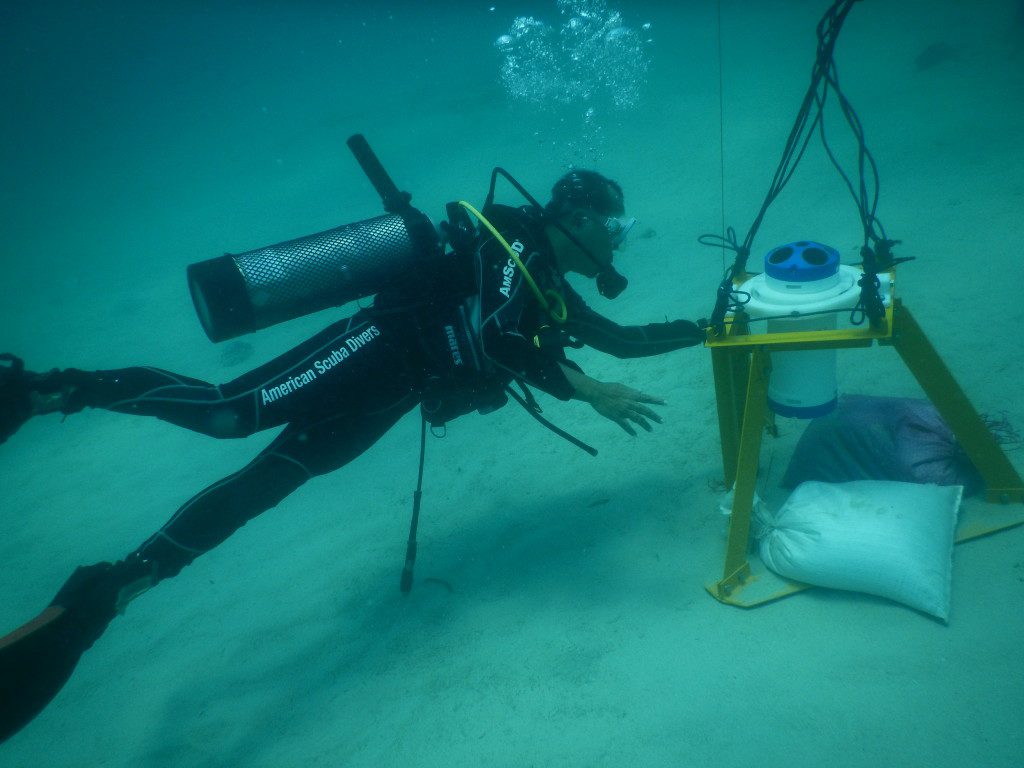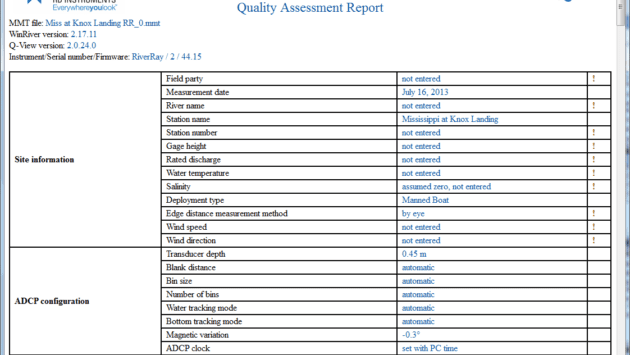Moored ADCPs in Action Down Under
Array of Teledyne RDI ADCPs Measure East Australian Current
The East Australian Current has been studied by Australian oceanographers for more than 50 years. The EAC system is very dynamic, both in where it leaves the Australian coast and in the eddies it spawns. Seasonal and decadal changes in the southern extent of the warm EAC water have been recognised. These changing water properties cause marine casualties – from fisheries off New South Wales to kelp forests off Tasmania.
An extensive mooring array – including numerous up and down looking ADCPs was installed beginning in 2012. This work was part of the Australian Integrated Marine Observed System (IMOS). ADCPs looking upward can measure strong surface currents, while deployed in slower waters below. This helps reduce drag on the mooring. For a deeper understanding of how climate change is affecting the EAC, scientists need to clarify long-term trends and large-scale connections. Additionally, in this push, Teledyne RDI ADCPs provide a crucial contribution – profiling the pivotal upper ocean.
Read More:







